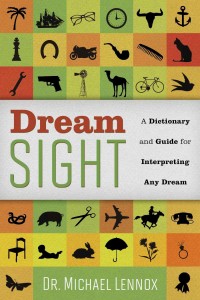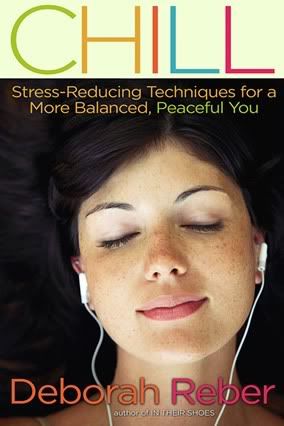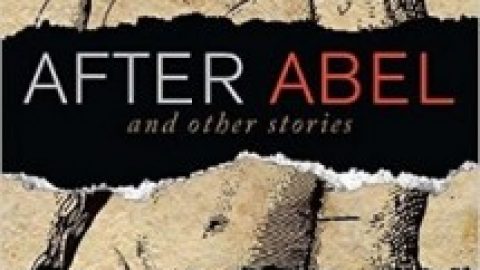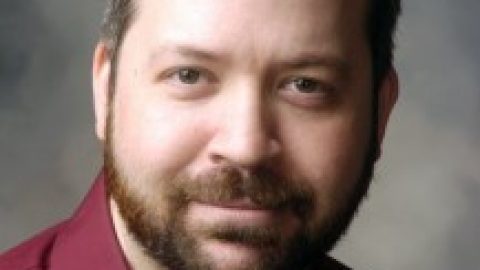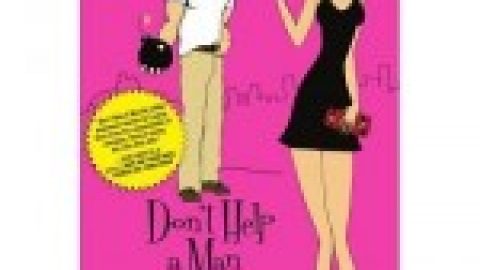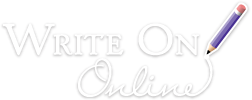Dr. Michael Lennox, author of Dream Sight, is one of America’s most recognized and respected dream interpreters, having spent the last 20 years interpreting thousands of dreams in workshops and in the media, as well as for corporate and private clients. Lennox, who holds a Doctorate in Psychology, is a highly sought-after media expert and has been seen on television shows internationally.
Dr. Lennox talks about his writing process, how writers can use their dreams for creative purposes, and more in this Write On Author Q&A.
What inspired you to write Dream Sight?
I wrote Dream Sight because I had to. It was like this massive “thing” in the way of anything and everything I wanted to do with my life and career. I sometimes think of it as the cork in the bottle of wine that is my life unfolding; in order to drink the delightful beverage contained within it, I first had to struggle with getting the bottle open.
From a purely rational standpoint, it made sense that if I was to declare myself an expert in the world on dreams and dream interpretation, I pretty much needed a calling card. On a more irrational basis, I was driven to write it in a very slow fit of madness.
The inciting incident occurred when I was first introduced to television audiences as a dream expert. My manager at the time suggested that I needed to be able to explain how I did what I did when I interpreted a dream. My first response to that was to cry. It seemed an overwhelming task. But in the weeks that followed, I began to observe myself while I listened to a dream and responded with an interpretation. That was the beginning of Dream Sight.
What was your process for writing Dream Sight?
Dream Sight is the result of seven long years, thousands of hours of napping, and several hundred movies on DVD. The fact is, I am very slow to approach writing. I say slow to approach, because I actually think very fast and can write just as quickly. But getting me to the computer is another story.
The two parts of the book are very different and were created with an entirely dissimilar approach. The first four chapters were created by writing hundreds of pages about dreams: the how, why, where, what-do-I, etc. I wrote many chapters only to narrow them down to what was most relevant. I reworked all of it until I found a format that was concise and accessible. There were essentially two versions that I wrote: One at the very beginning of my process seven years ago and a second one a few years later, after I finished my Doctorate. I then revisited this material and wrote something entirely new. However, I don’t think the final version would exist without having written the first two.
The terms in the dictionary were an entirely different story. They were torture to write. When I am on my feet and speaking, you can toss out anything to me and I can interpret it. There is organic, where I tap into a way of thinking and expressing that is very fluid and immediate. Sitting down and trying to convert that flow into a linear, typewritten expression was very much like root canal. Even trying to record them audibly didn’t help; the mere notion that I was eventually going to be writing my words down shut me down completely. So the process was slow, ungainly and agonizing.
How did you get your book published?
Getting it published was interesting; by the time I was finished, there had been a number of other dream books introduced to the market. I figured there was no way a publisher would be interested in yet another dream dictionary. So I starting working on my book for parent’s on children’s dreams called Not Just A Dream. With four completed chapters and a pretty good book proposal, my agent started to pitch this project. While on a phone interview with an editor at Llewellyn, I casually mentioned my dream dictionary. She stopped me cold and said, “Wait a minute … you have a dream dictionary? That’s not published?” And so much to my delight, Dream Sight was to come first.
What is your favorite part of being a writer? The greatest challenge?
My only favorite part about being a writer is having written. The greatest challenge is absolutely everything else about writing.
How do you balance writing and the “dream business?”
I work at home and I have a mild case of Attention Deficit Disorder. The best way I have found to balance all aspects of my life and work is to be free to allow my attention to fall onto anything that needs attention for as short a time as I care to. I may skip from task to task to task, do a client or two and then back to other things. In the end, everything gets done.
How can writers turn their brain off before sleep?
Meditation. Hot baths or showers. Breathing deeply. Strong medication or a large sledgehammer work too.
How can writers use their dreams to solve problems in their creative work?
Most of who we are dwells in our unconscious minds. Creative problems, blocks, confusion, etc., can be maddening when the root causes of such stuck moments is in the realm of the invisible. Asking your dreams for guidance is very effective for dealing with the unconscious in its own language. You don’t even need to know intellectually what a dream might mean to have a release. Ask for a dream, take the dream you get, deal with it creatively (such as drawing it, acting it out, meditating on an image from the dream), and you may find some movement.
Advice for non-fiction writers?
Love what you are writing about … or change careers.
What do you know now that you wish you knew at the beginning of your career?
Just how long things take; I wish I hadn’t been so hard on myself because my pace is slower than I’d like it to be. I wasted a lot of energy telling myself I was failing, when I just wanted to take a nap.
For more from Dr Lennox listen to the interview with him on the Dream It, Then Do It – Power Lunch on Blog Talk Radio.
Tags: Author Q&A Debra Eckerling Dream Expert Dream Sight Michael Lennox Write On Onine Writing
